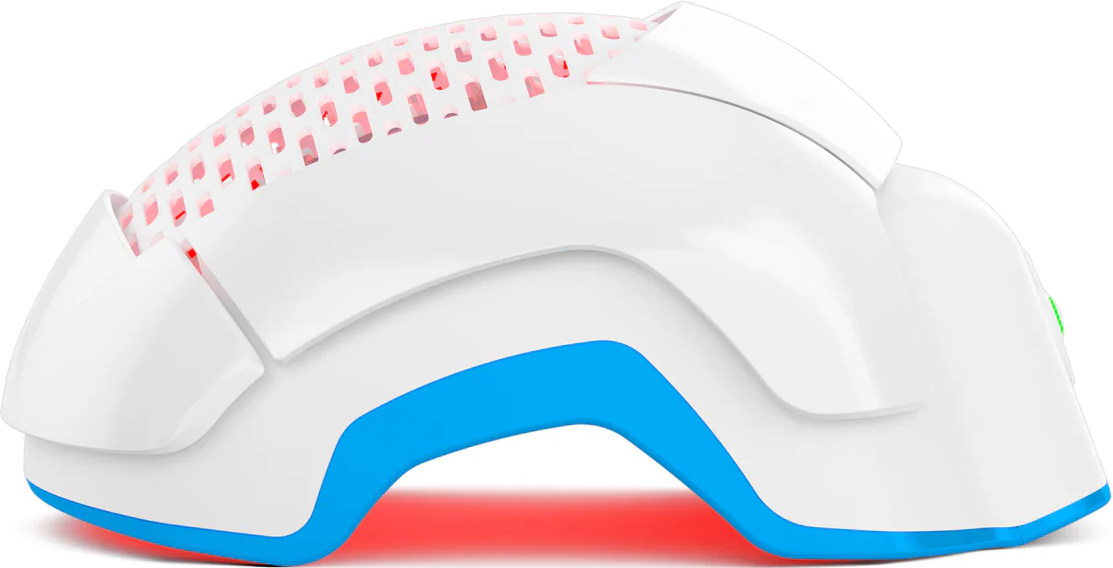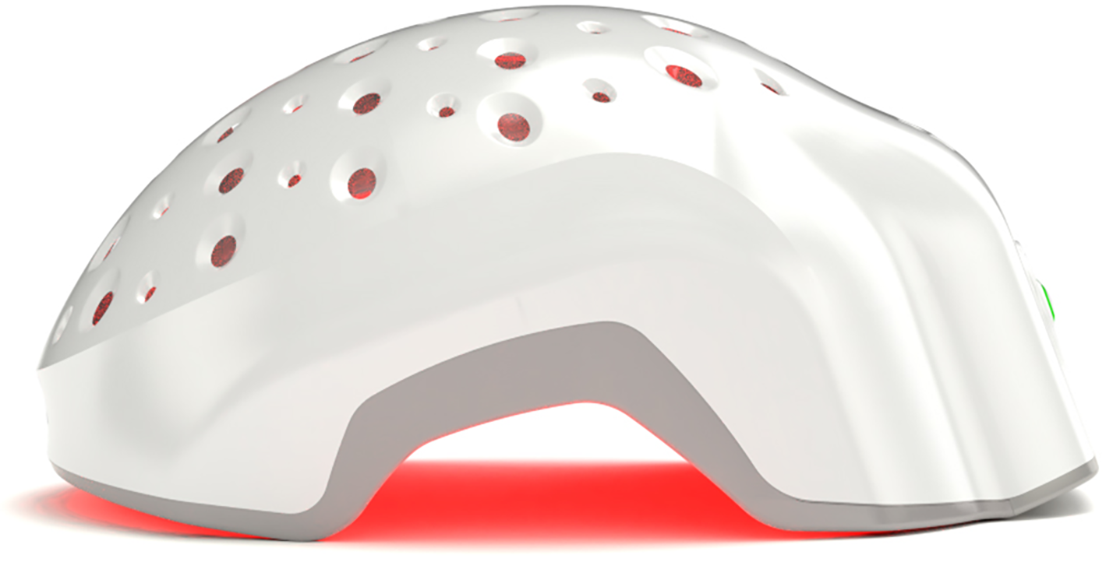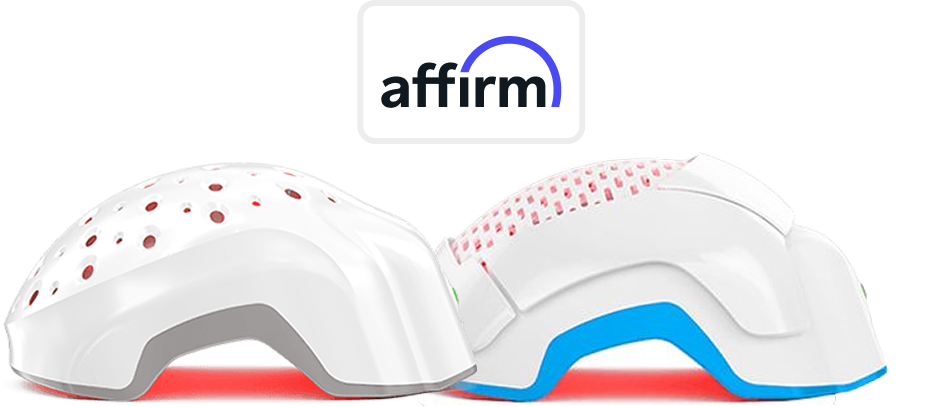We've all been there: you wake up one morning and notice large clumps of hair in your brush or left behind in the shower drain. Panic sets in - could you be losing your hair? Are you headed for baldness?
We understand your concerns, but there's no need to stress. Hair shedding is a natural part of life. In fact, it's normal to lose 50-100 hairs a day. While this might seem like a lot, considering you have over 100,000 hair follicles on your scalp, it's not a significant amount.
However, if you feel your hair loss is excessive, there are steps you can take. Here, we'll explain the specific causes of this type of hair loss and provide strategies to help you manage and reduce it.
Understanding Hair Shedding: Natural Cycle of Hair Growth and Loss
Did you know that every strand of hair follows its own unique cycle of growth and shedding? These stages in the life of your hair are known as the anagen, catagen, and telogen phases.
Anagen stage:
During the anagen stage, hair cells rapidly divide, stimulating growth. Hair in this phase has long roots, and the stage can last from two to seven years. The longer the anagen stage, the longer your hair will grow. Factors like aging, stress, and bad diet can shorten this phase, while estrogen can prolong it and testosterone can shorten it.
Catagen stage:
Next, the hair enters the catagen stage, which lasts about 2-3 weeks. In this transitional phase, hair cell division stops, and growth ceases. The hair detaches from its blood supply.
Telogen stage:
Finally, the hair enters the telogen stage, starting as a resting phase while new hair begins to grow beneath the telogen hairs. Telogen hairs have short roots and remain in your skin until new anagen hairs push them out. This natural shedding process ensures continuous hair renewal.
However, disruptions to this cycle can lead to excessive shedding or hair loss.
What Causes Hair Shedding?
If you are noticing excessive hair shedding or hair loss, be aware of these potential triggers.
1. Sudden Weight Loss
Have you recently lost a dramatic amount of weight? If so, this could be a factor in excessive hair shedding. When you lose a lot of weight, your body enters survival mode. Although we value having a full head of hair, it’s not essential for survival. Hair follicles require ample protein for growth, and if your diet lacks protein due to weight loss, your hair is one of the first things to suffer. Typically, hair loss appears about 6-12 weeks after significant weight loss.
Typically, after about 6-12 weeks of weight loss, hair loss will begin to appear.
2. Hormonal Changes
Hormones play a crucial role in hair growth and loss cycles. Female hormones, such as estrogen, contribute to a longer anagen phase, promoting hair growth. This is why women often have fuller hair during pregnancy. However, after childbirth, when estrogen levels drop abruptly, excessive hair shedding may occur. Similarly, during menopause, the dramatic decrease in estrogen levels can trigger hair loss.
3. Cancer Treatment
Chemotherapy or radiation treatments for conditions like breast cancer often result in hair loss within a few weeks of starting treatment. These powerful medications target rapidly growing cells, including those in hair follicles. Learn more about how radiation therapy can cause hair loss.
4. Improper Hair Care
Consistently wearing tight ponytails or braids can cause trauma to hair follicles due to constant pulling. Additionally, frequent exposure to high heat from styling tools can damage hair and lead to loss.
5. Medication
Certain medications can cause excessive shedding and hair loss. Acne treatments, cholesterol-lowering drugs, antidepressants, blood thinners, and beta-blockers have all been linked to hair loss.
6. Androgenetic Alopecia
Androgenetic alopecia, commonly known as pattern baldness, is a hereditary condition affecting both men and women. It is related to the hormone dihydrotestosterone (DHT). If a close family member has experienced hair loss or baldness, you may be at risk too.
These are not the only possible causes of hair loss. Stress, scalp inflammation, and excessive hair pulling are also potential triggers.
Learn more about the connection between DHT and hair loss.
How to Reduce Hair Shedding
Experiencing excessive hair shedding can make you feel helpless, but there are several steps you can take to minimize or even stop hair shedding and promote regrowth.
Improve Your Diet
By giving your body the nutrients it needs to be healthy, you are nourishing your hair too.
So, eat a balanced diet that includes lots of vegetables, fish, and lean meat.
Protein, iron, Vitamin B12, and vitamin C are essential to keeping your hair healthy. If you are not getting enough of these nutrients from your food, consider taking a supplement.
Use Care in Your Styling Routine
Try to avoid tight ponytails and braids and adopt a looser style instead. This will place less stress on your hair strands.
If you’ve noticed a lot of hair shedding, it might be a good idea to stay away from heavy styling creams, high heat or strong chemicals.
If you just can’t resist hair dye or your flattening/curling iron, use them in moderation. Color your hair only one or two shades lighter than your natural shade, and use a low heat setting on your styling tools. Don’t forget to spray in some heat protectant product when using these tools, too.
Manage Stress
Yes, it’s a vicious cycle. A stressful event can cause you to shed hair; then, as you worry about the hair shedding, your stress is compounded even more.
So, try to relax. Spend time every day doing something that you enjoy, whether it’s a hot bath, a yoga session or chatting with a good friend.
Remind yourself that hair shedding happens to almost everyone and that it is within your power to treat it.
See a Dermatologist
The reasons you are experiencing hair shedding or hair loss are unique to you. Each person is different and affected by a unique interplay of triggers. A dermatologist can help you understand why you are losing hair and what the best treatment is.

Use a Laser Growth Hair Treatment
Advancements in hair shedding treatments mean you no longer have to accept gradual hair loss. A laser growth helmet offers a fast, convenient, and effective way to regrow hair.
Many dermatologists recommend the Theradome helmet because it combines the best practices of cool lasers and phototherapy. It's also easier to use than other laser treatments on the market.
Hair shedding can be a daunting and disheartening experience, but it doesn't have to be. With the right treatments, you can take control and promote hair growth.
Take action today by ordering your Theradome laser hair growth helmet. Experience the potential for thicker, more luxurious hair. Your journey to a confident, new you starts here. Don’t wait - rejuvenate your hair now!






















